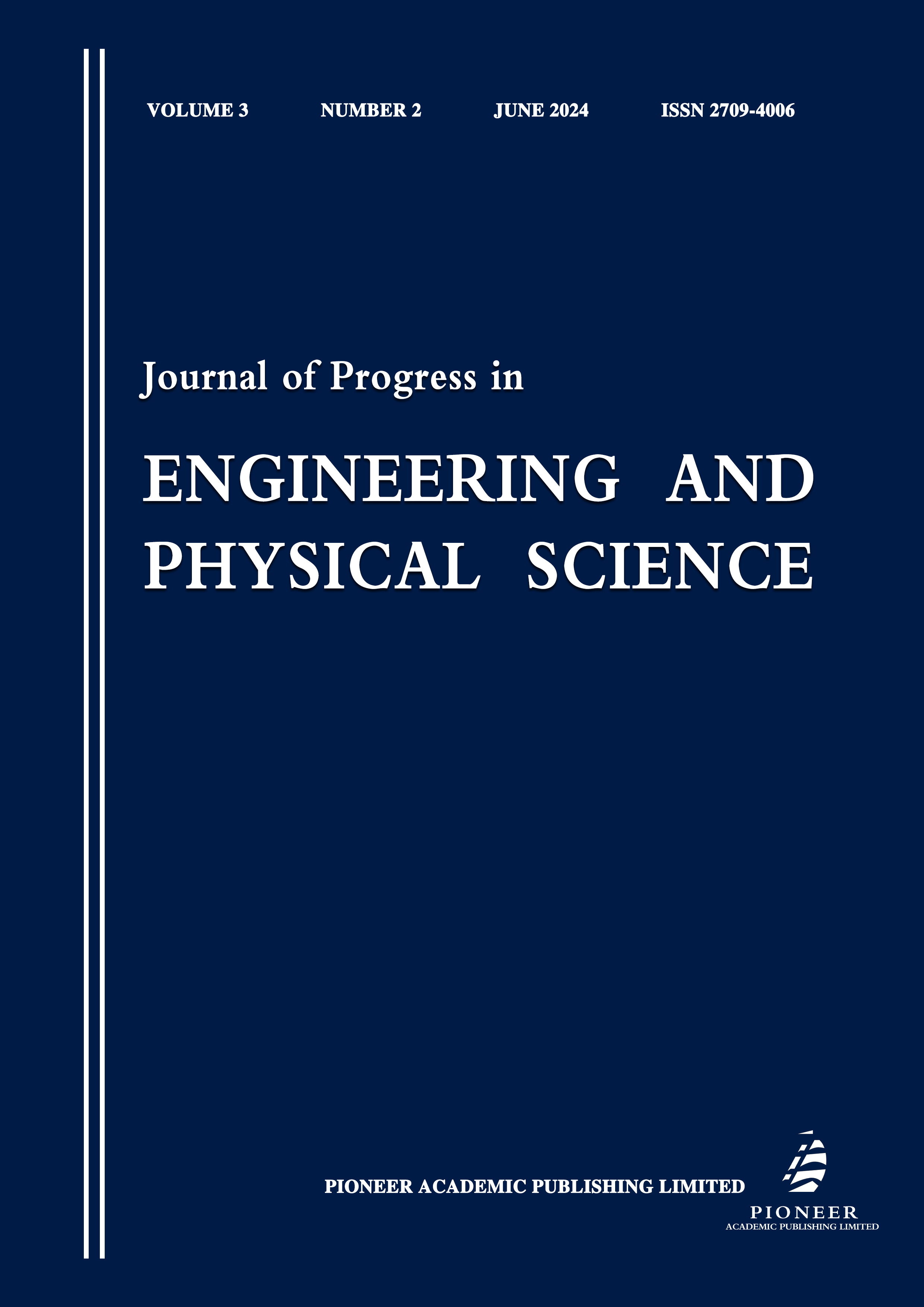Study on the Application of Environmentally Friendly Materials in the Construction of Sponge Cities in China and Their Impact on Rainwater Runoff
Keywords:
Sponge Cities, environmentally friendly materials, urban water management, green infrastructure, urban resilienceAbstract
The concept of Sponge Cities has emerged as a pivotal response to the escalating urban water management challenges faced by cities globally, particularly in China. This innovative approach aims to create urban environments that mimic the natural water cycle’s absorptive and filtrative capacities, thus mitigating urban flooding, enhancing groundwater recharge, and improving water quality. Central to the realization of Sponge City objectives is the adoption of environmentally friendly materials designed to replace traditional urban infrastructure with permeable, sustainable alternatives. This paper provides a comprehensive review and critical analysis of the application of such materials within the Sponge City framework, assessing their effectiveness, integration challenges, and the multidisciplinary strategies required for successful implementation. Through a detailed discussion, this review highlights the potential of environmentally friendly materials in transforming urban landscapes into resilient, water-sensitive environments. It also delves into the necessity for robust policy support, public engagement, and education, alongside a multidisciplinary approach that encompasses urban planning, hydrology, environmental science, economics, and sociology, to address the complexity of urban water management challenges. This paper aims to shed light on the pathways towards amplifying the benefits of Sponge City initiatives, proposing strategies for broader implementation and suggesting future research directions to enhance urban resilience and sustainability.


